Safeguarding training | Are you compliant?
Children’s homes and alternative provision units provide support and care for some of our most vulnerable children and young people.
EduCare can help protect you, your staff and the people you work with. Our package of online safeguarding and duty of care training courses will help you to comply with Ofsted and CQC inspection requirements.
The package is priced at a rate that is more affordable too. It contains around £500 worth of courses for just £30 per learner (when purchasing for ten learners). Prices reduce even further when purchasing for more people.
Complete the form for your no-obligation quotation today.
What's included?
Click here to see the full list of included courses.
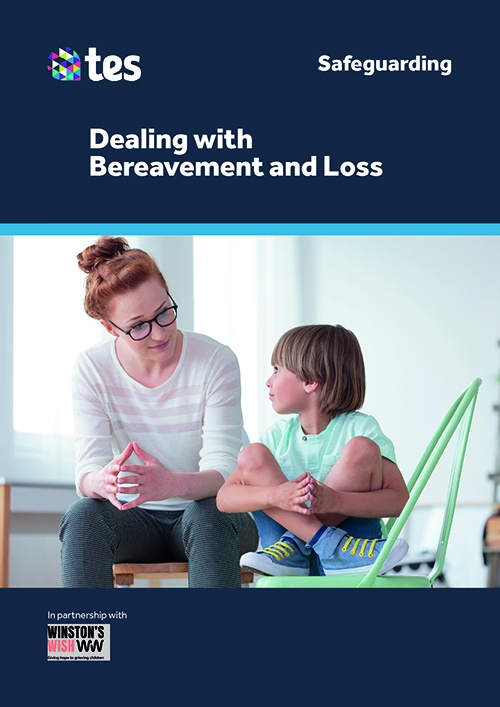
Dealing with Bereavement and Loss
Produced in partnership with Winston’s Wish, the UK’s first childhood bereavement charity, this course will help you understand what needs to be in place to support everyone involved with a bereavement in a school or college.
Read more_500.jpg)
Child Protection Course
Child Protection, endorsed by Kidscape, is written to provide a basic awareness of child protection and introduces the fundamentals for anyone whose paid or unpaid work or leisure activity brings them into contact with children and young people.
Read moreDealing with Bereavement and Loss
The course covers:
- the effects of grief on a child or young person
- how a death may impact school life, and how information about the death should be shared with pupils and staff
- how to manage potentially difficult topics and avoid unnecessarily painful comments when communicating with a bereaved pupil or student
- how to communicate with children and young people about tragic events in the media
- the factors relating to how children or young people will respond to a death
- how to ensure the bereaved pupil or student’s needs are respected and supported by all staff who come into contact with them
- what should be included in a bereavement policy and the guidance staff need to support everyone during a potentially difficult time
- when to seek further help and support on bereavement for children or young people, their families or even staff members within the school.
Child Protection Course
This
- what forms child abuse can take and the effects it can have
- signs that may mean a child is suffering abuse and how to respond if a child confides in you
- processes for reporting abuse
- the child protection system
- good practice guidelines.

Food Hygiene and Safety
This Food Hygiene & Safety course is specifically designed for those who prepare and handle food.
Read more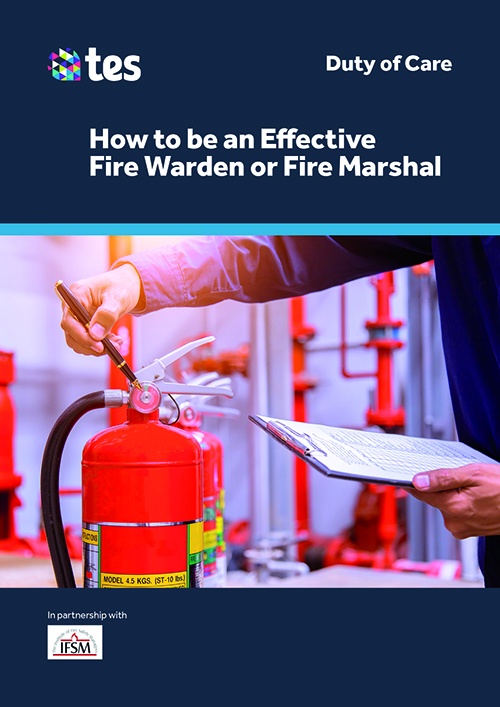
How to be an Effective Fire Warden or Fire Marshal
This course is aimed at employees who undertake additional fire safety roles and responsibilities in the form of fire marshals or fire wardens as part of their daily duties.
Read moreFood Hygiene and Safety
This four module course delivers five CPD hours and comprehensively covers:
- how bacteria can cause food-borne illness
- recognising high risk foods and food allergies
- contamination and food spoilages and how to control it
- effective hygiene
- the importance of storage
- HACCP and the law
How to be an Effective Fire Warden or Fire Marshal
This course covers:
- the importance of effective fire safety procedures
- the legal position and the requirement for effective safety management systems that demonstrate statutory compliance
- what should be included in a fire policy and procedure
- the systems required to ensure the safety of vulnerable people such as employees or visitors with disabilities
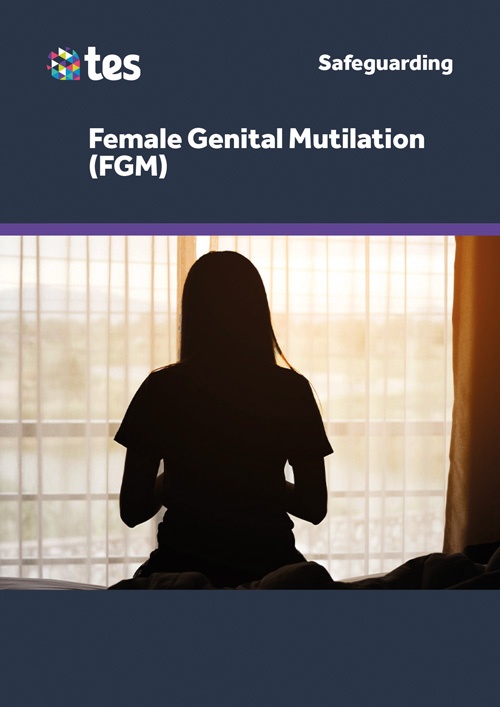
Female Genital Mutilation Awareness
This course will provide a thorough guide to help those working with young people spot the signs that Female Genital Mutilation (FGM) has taken place, or signs that it will take place.
Read more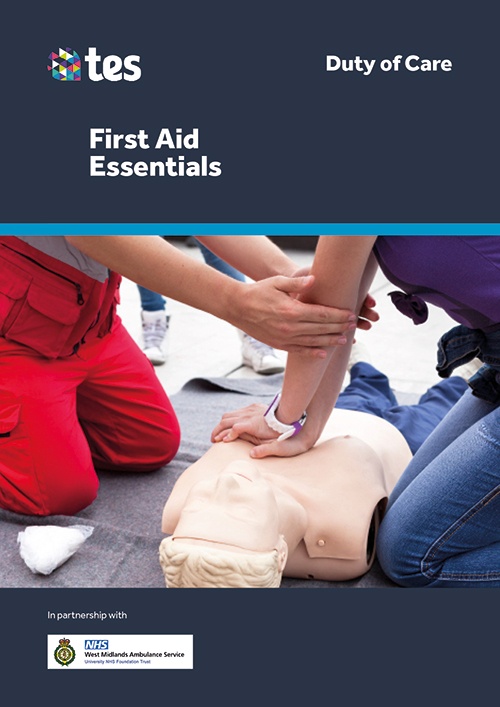
First Aid Essentials
First Aid Essentials aims to give the confidence needed to react in an incident when someone urgently needs help.
Read moreFemale Genital Mutilation Awareness
This course covers:
- Understand what the law states regarding FGM and the mandatory reporting duty
- Learn the prevalence, consequences and different types of FGM
- Recognise the signs that FGM has taken place, or signs that a girl is at risk
- Learn the roles and responsibilities of professionals.
- Understand the importance of working together
First Aid Essentials
This three module course delivers three CPD hours and comprehensively covers:
- providing basic life support
- how to react in life threatening situations
- how to deal with someone who is choking, drowning, seizing, bleeding or having an allergic reaction
- what to do if somebody has a broken bone or experienced a burn
- how to handle day-to-day incidents such as nose bleeds, insect bites, stings, sprains and strains and sunburn
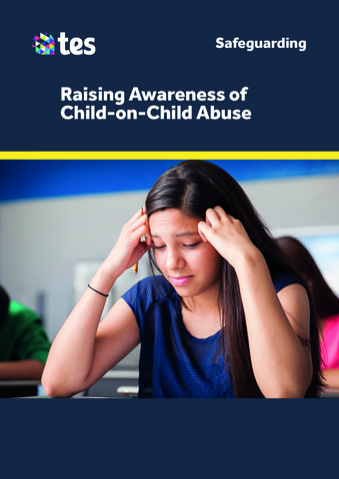
Raising Awareness of Child-on-Child Abuse
Child-on-Child abuse is any form of physical, sexual, emotional, financial, and/or coercive control exercised between children and young people; this includes intimate and non-intimate relationships.
Read more_500.jpg)
Safer Recruitment
This course on safer recruitment looks at what you need to do to safeguard children, young people and vulnerable adults from unsuitable people who might apply to join your organisation.
Read moreRaising Awareness of Child-on-Child Abuse
The purpose of this course is to help you:
- understand what peer-on-peer abuse is
- understand the different types of child-on-child abuse
- understand who child-on-child abuse may affect and what external influences there are
- be aware of the prevalence of child-on-child abuse
- understand social norms and peer pressure
- recognise early signs that might indicate abuse
- know what action to take if you know or suspect that a young person is experiencing abuse
- implement preventative strategies within school or college.
Safer Recruitment
This four module course delivers four CPD hours and comprehensively covers:
- the four key stages of the recruitment process
- pre-recruitment planning and what must be in place before you advertise your post
- rejecting candidates and meeting the right ones
- obtaining the correct checks and references, including what's required from a DBS check
- post-recruitment activities, including observation and supervision.
_500.png)
Online Safety
The purpose of this course is to help you understand how technology is changing, the nature of children and young people’s online world, and the risk and protective factors when going online. The course has a wide range of practical advice on what can be done by you as an individual and by any organisation you work for. The course was written in partnership with Childnet International, a non-profit organisation working with others to help make the internet a great and safe place for children.
Read more_500.jpg)
The Prevent Duty
This course is designed to build your understanding of extremism and radicalisation, how people may be drawn into terrorism and what you should do if you have a concern.
Read moreOnline Safety
This two-module course will help you to understand the following:
- Understanding Online Safety
- Violent and extreme content
- Potential risk factors
- Types of content
- How children can make and receive contact online
- Conduct (e.g. Sexting, Online reputaton)
- The law and statutory guidance
- Developing a Safe Online Culture
- Positive conversations
- Reporting
- Promoting good practice
- Scenario (Short-term & long-term actions)
- Further support available
The Prevent Duty
This one module course delivers one CPD hour and comprehensively covers:
- what Prevent is
- what extremism and radicalisation are
- who may be vulnerable
- how people may be drawn into terrorism
- how messages are spread
- reporting concerns.
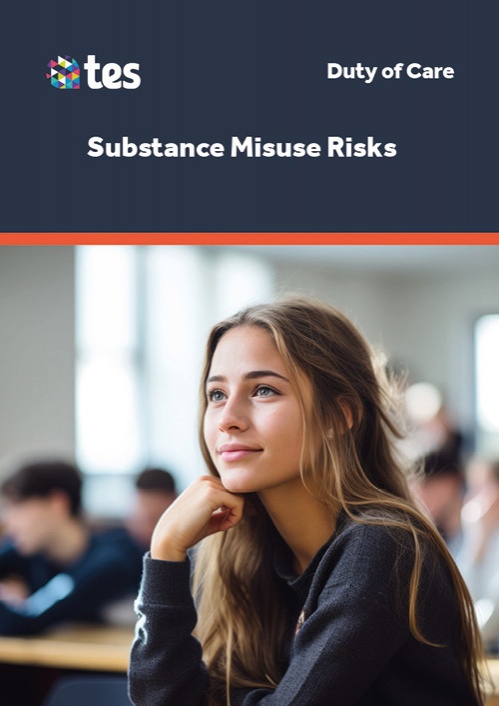
Substance Misuse Risks
The aim of this two-module course is to increase school staff’s awareness of what substance misuse is and recognise the early indicators of misuse.
Read more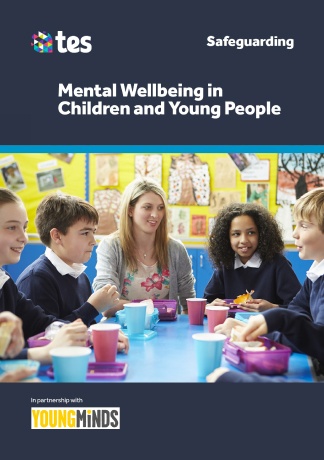
Mental Wellbeing in Children and Young People
This course looks at mental health and emotional wellbeing in young people, highlighting some signs and symptoms, along with myths and the stigma associated with mental health issues.
Read moreSubstance Misuse Risks
The modules in this course will cover the following content:
- What is Substance Misuse?
Module one explores the different categories of drugs, their effects, the prevalence of drug use, and why young people may use them.
- Responding to Children’s Needs around Alcohol and Drugs
Module two explores how to recognise the early indicators of misuse, the role of the school, good practice in supporting struggling young people, and what agencies and professional support services you can signpost to.
Reflective questions throughout the course offer learners additional opportunities to think about their understanding of appropriate disciplinary action within school and consider how they create a safe, inclusive working environment.
Mental Wellbeing in Children and Young People
After completing this course you will:- Understand what mental health is in the context of the mental health continuum.
- Be able to identify some common issues faced by young people with regard to mental health.
- Recognise some of the signs and symptoms that indicate mental health issues in young people.
- Understand key risk factors that make some young people vulnerable to mental health issues.
- Learn about protective factors that build resilience in young people and some of the myths and stigma surrounding mental health issues.
- Pick up practical advice to help you support young people’s mental health and emotional wellbeing.
_500.jpg)
Health and Safety in Education: Staff Awareness
This course is aimed at those who work within any educational establishment.
Read more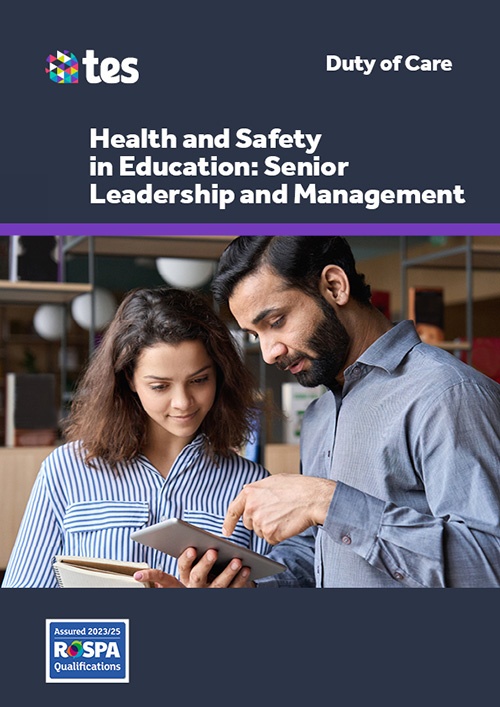
Health and Safety in Education: Management Team
This specific course is aimed at Senior leadership teams who are looking to set up Health and Safety Executive compliant systems policies and procedures for their staff.
Read moreHealth and Safety in Education: Staff Awareness
This course covers:
- The legal position and who enforces health and safety law in the UK.
- Health and Safety policies and procedures.
- Risk assessments - including the HSE’s 5-step process for undertaking them.
- The importance of communication, co-operation, co-ordination and consultation in your organisation.
- Statutory inspection, maintenance and monitoring of systems and equipment.
- Specific health and safety considerations including fire/emergency procedures, first aid, display screen equipment, working at height, manual handling, hazardous substances, electricity, welfare, asbestos, water hygiene and lone working.
Health and Safety in Education: Management Team
This course covers:
- Recent health and safety statistics.
- Statutory compliance - the legal framework and who enforces health and safety law in the UK.
- Leadership and governance arrangements for managing health and safety, using the Plan, Do, Check, Act process.
- Policies and procedures.
- Performance management and monitoring to ensure systems remain effective and highlight gaps in performance.
- The importance of staff training to embed a health and safety culture.
- Risk assessments including the HSE’s 5-step process.
_500.jpg)
Fire Safety
Fire Safety, written by expert authors and accredited by the Institute of Fire Safety Managers, provides the fundamental information needed to protect any premises against fire.
Read more(1)_500.jpg)
Preventing Bullying
The purpose of the course is to help you understand, recognise and prevent bullying behaviour.
Read moreFire Safety
This four module course delivers four CPD hours and comprehensively covers:
- the importance of fire safety training including legislation
- the nature of the fire
- fire hazards
- what to do in the event of a fire
- how to use a fire extinguisher
Preventing Bullying
At the end of the course, learners will:
- Understand what bullying is, including the five components of bullying behaviour
- Identify who may be affected by bullying, as there are some groups of people who are likely to be more affected than others
- Understand the role technology can play in bullying behaviour (cyberbullying)
- Be able to recognise a child who may be being bullied and understand the damaging physical and emotional effects
- Be able to put actions in place to tackle bullying in their organisation or setting
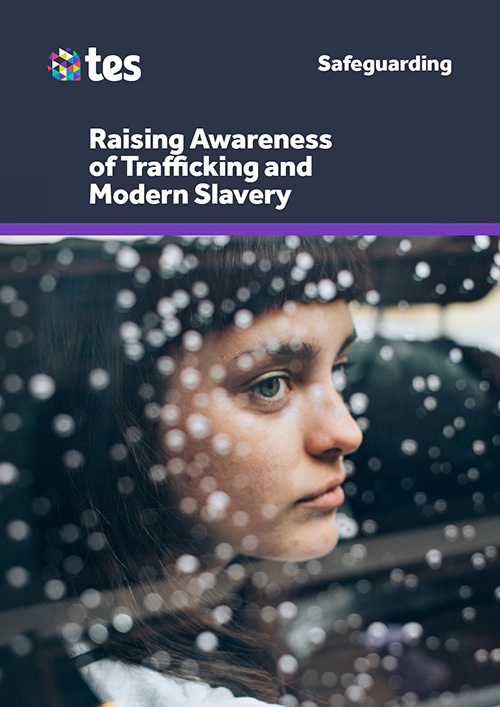
Raising Awareness of Trafficking and Modern Slavery
The term modern slavery acknowledges the fact that millions of people are still held in conditions of slavery and servitude globally – including in the UK. This course raises awareness of this issue.
Read more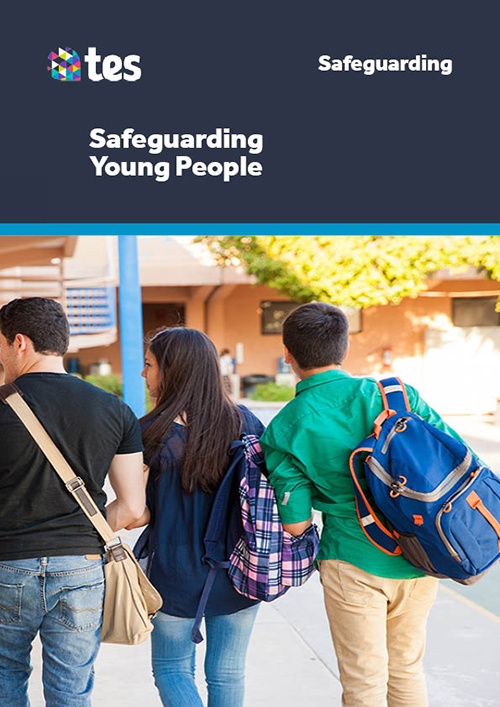
Safeguarding Young People
Safeguarding Young People, endorsed by established youth organisations, provides the key information needed to help raise your awareness of young people who may be vulnerable because of their age, relative inexperience, past abusive experiences or current circumstances.
Read moreRaising Awareness of Trafficking and Modern Slavery
The purpose of this course is to help you understand:
- What modern slavery and trafficking are
- Different types of trafficking
- Who trafficking affects
- The Modern Slavery Act 2015
- Internal trafficking and county lines
- How to spot the signs of trafficking
- How to report concerns about a trafficked child or adult
Safeguarding Young People
This four module course delivers four CPD hours and comprehensively covers:
- Identify who may be vulnerable.
- Recognise the signs and indicators of abuse.
- Understand what to do if a young person confides abuse to you.
- Learn about recording and reporting procedures.
- Recognise good practice guidelines.

Serious Youth Violence
The impact serious youth violence has on individuals and the community is significant. Written in partnership with The Children’s Society, this course raises awareness of this major issue.
Read more_500.jpg)
Domestic Abuse: Children and Young People
Every day children and young people experience domestic abuse at home and can suffer a wide range of severe and long-lasting effects. The purpose of the course is to raise your awareness of children and young people who may be experiencing domestic abuse. Written in partnership with SafeLives, a national charity dedicated to ending domestic abuse.
Read moreSerious Youth Violence
The purpose of this course is to help you understand:
- what is meant by the terms 'serious youth violence'
- how serious youth violence impacts upon communties
- what we already know about serious youth violence
- the vulnerabilities and risk factors that can lead to criminal exploitation
- the process of recruitment and the four main stages; targeting, experience, hooked and trapped
- child criminal exploitation, county lines and their definitions
- what a gang is and the terminologies such as 'gang', 'youth group' and 'serious organised crime group'
- further information on 'Organised Crime Groups' (OCG) and 'Serious Organised Crime Groups' (SOCG)
- details on a report from the Children's Commissioner
- it is estimated there are 27,000 children in England who self-identify as being gang members
- tens of thousands more are said to be on the periphery
- current statistics published by The Office of National Statistics
- the reasons why young people say they carry weapons and the different criminal offences associated
- contextual safeguarding and the importance of early intervention
- signs and behaviours to look out for and case studies
- next steps to take
Domestic Abuse: Children and Young People
The purpose of this course is to help you understand:
- What domestic abuse is and what forms it can take
- What controlling and coercive behaviour is
- The prevalence of domestic abuse
- They key risk factors to be aware of
- Some of the trigger events that can lead to violence
- The impact domestic violence can have
- What protective factors there are
- What to do when you suspect a child or young person is witnessing and/or experiencing domestic abuse
- What support, help and advice is available
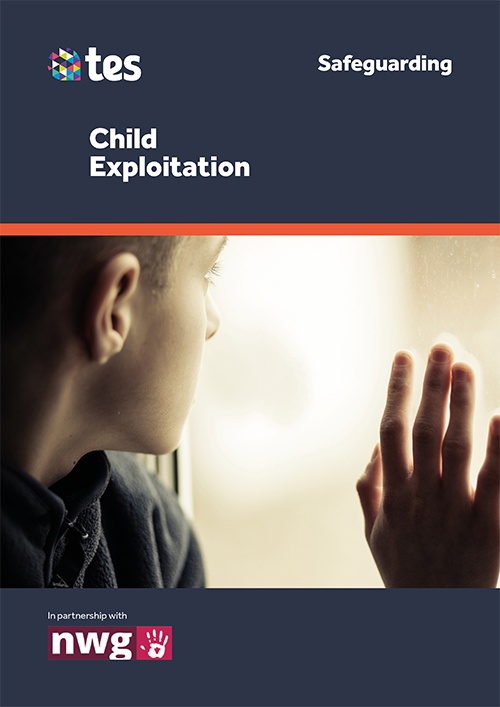
Child Exploitation
Child exploitation refers to a child or young person being used for someone else’s gain. Child exploitation is a form of abuse which can involve sexual, abusive or manipulative behaviour. The course is produced in partnership with NWG Network, a charitable organisation made up of thousands of practitioners. They offer support, advice and training and raise awareness of child exploitation.
Read more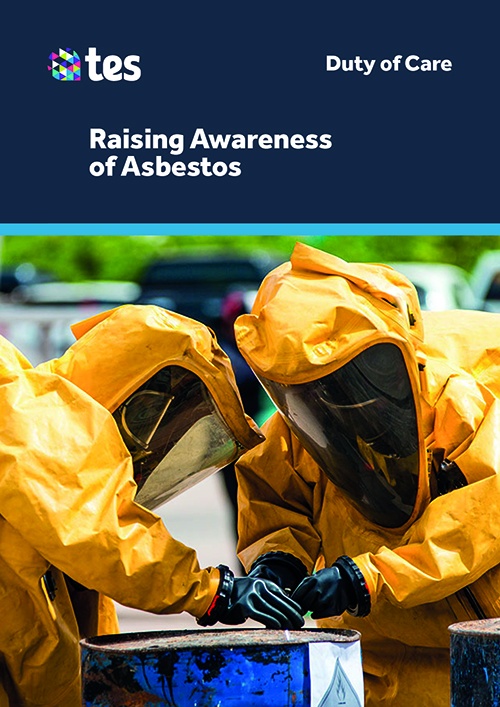
Raising Awareness of Asbestos
The purpose of this course is to help you understand what asbestos is, where it was used and the reasons why. It also covers asbestos regulation and good management for when asbestos is present.
Read moreChild Exploitation
This course covers:
- Models & forms of exploitation that a child or young person may be subjected to
- A scenario exploring an example case of exploitation
- Physical and psychological signs of exploitation
- Factors that can increase a person's vulnerability
- Short & long-term effects of exploitation and its impact on family members
- Barriers to disclosure
- What to do if you are worried about a child
Raising Awareness of Asbestos
This course covers:
- What asbestos is, its characteristics and where it is liekly to be found
- A look at the three main types of asbestos
- Common uses for asbestos
- When and why asbestos is a problem
- Useful statistics on asbestos from the Health and Safety Executive
- What the Control of Asbestos Regulations say
- The responsibilities of those in control or premises
- Details on what not to do when asbestos is present
- A look at property management and a useful checklist for managing anything asbestos-related
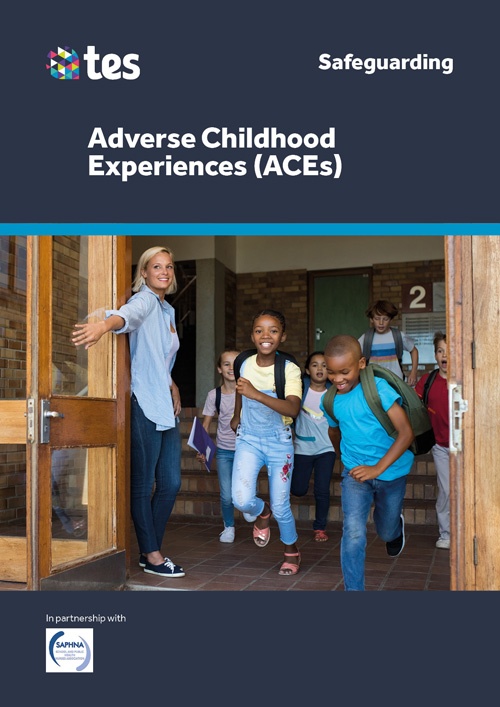
Adverse Childhood Experiences
The purpose of this course is to help you understand what adverse childhood experiences are and how they may affect children growing up. Using statistical evidence, the course also highlights the potential impact that ACEs can have in adulthood. Not everyone who has been exposed to ACEs will have negative outcomes, but understanding ACEs will help support the work and relationships you have with children.
Read more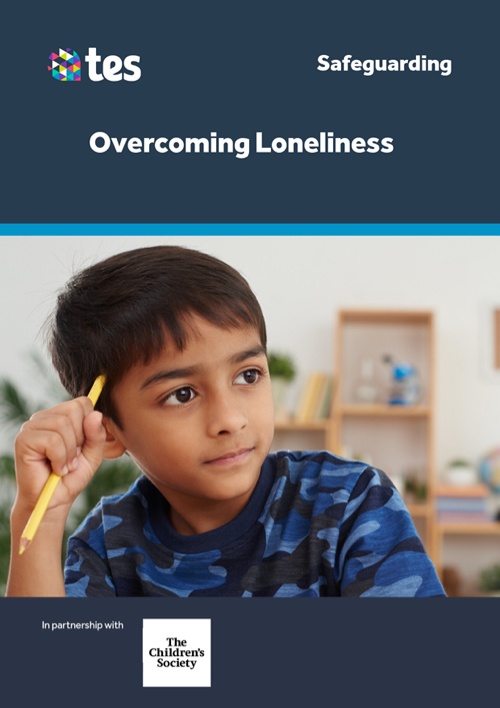
Overcoming Loneliness Online Course
Loneliness can affect anyone from any background at any time of their life. It is often associated with the elderly, but children and young people also become lonely and isolated. This course is written in partnership with The Children’s Society, a national charity that works with the country’s most vulnerable children and young people. It will help you to understand what is meant by loneliness, the triggers for loneliness and how it can affect children or young people. Also included are ideas for helping children and young people overcome loneliness and where to go for further support.
Read moreAdverse Childhood Experiences
The purpose of the course is to help you:
- understand what ACEs are & the two main categories
- understand trauma including the concept of 'Fight, Flight or Freeze' mode
- understand the term toxic stress and its effects on the developing brains of children and adolescents
- understand attachment theory and the differences between secure and insecure attachment in children
- be aware of the potential negative impact (supported by statistics) that being exposed to ACEs
- understand what the protective factors are
- understand what children and young people who experience trauma need to enable them to cope
- improve your listening skills to help you understand the child’s perspective and offer them appropriate support
- understand resilience and how working with parents can help a child become more resilient
- understand what you can do to help break the cycle of ACEs when working with children and families.
Overcoming Loneliness Online Course
This
- The key transitional times
- What does loneliness mean?
- Vulnerable groups
- The effects of loneliness
- Overcoming loneliness
- Support & reflective summary
- Triggers for loneliness
- What we know about loneliness
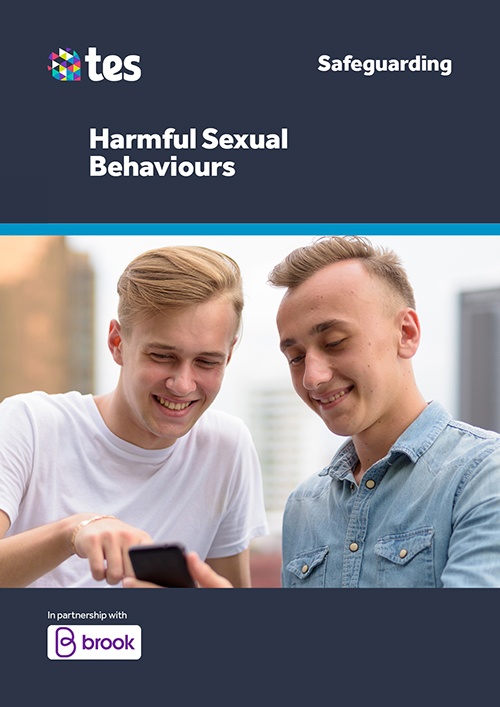
Harmful Sexual Behaviours
Professionals can feel anxious about discussing the topic of sexual behaviour in children and young people. This course will help to increase your confidence in distinguishing between healthy and harmful sexual behaviour. It gives an overview of how to respond to demonstrations of harmful sexual behaviour in children and young people, and shows that a whole school or college approach encourages healthy relationships and helps to prevent harmful sexual behaviour. The course is written in partnership with Brook, a leading charity in providing wellbeing and sexual health support to professionals and young people, and includes a link to the Brook Sexual Behaviours Traffic Light Tool.
Read more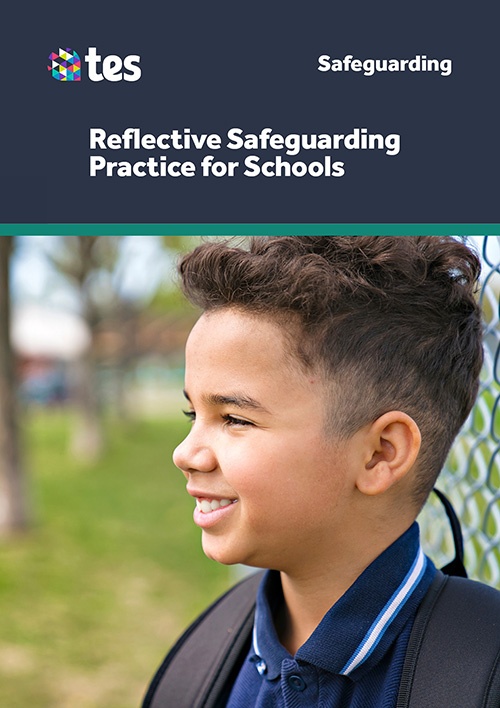
Reflective Safeguarding Practice for Schools
Reflective practice allows you to recognise and reflect on your experiences in order to learn from them and improve the way you work. This course uses scenarios for you to reflect on, thinking about actions that fit the policies for your own school. It will also encourage you to consider the safeguarding and child protection support services available.
Read moreHarmful Sexual Behaviours
This course comprehensively covers:
- Healthy sexual development
- Harmful sexual behaviour
- Prevalence and who is affected by harmful sexual behaviour
- Types of harmful sexual behaviours
- What is consent?
- Peer-on-peer sexual abuse in schools
- Recognising harmful sexual behaviour
- Case studies
- Why might a child exhibit harmful sexual behaviour?
- Managing harmful sexual behaviour
- The role of relationships and sex education (RSE)
- Support and signposting
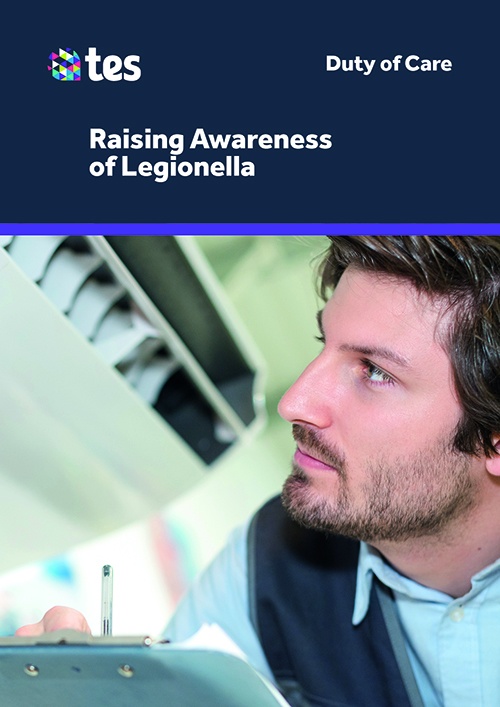
Raising Awareness of Legionella
This course raises awareness of the illnesses caused by the legionella bacteria, such as Legionnaires’ disease. If you have a responsibility for maintaining premises, it is your duty to understand and manage legionella risks. The course also covers how and why the bacteria can become dangerous and helps you to understand your responsibilities by looking at the risks and how to manage them.
Read more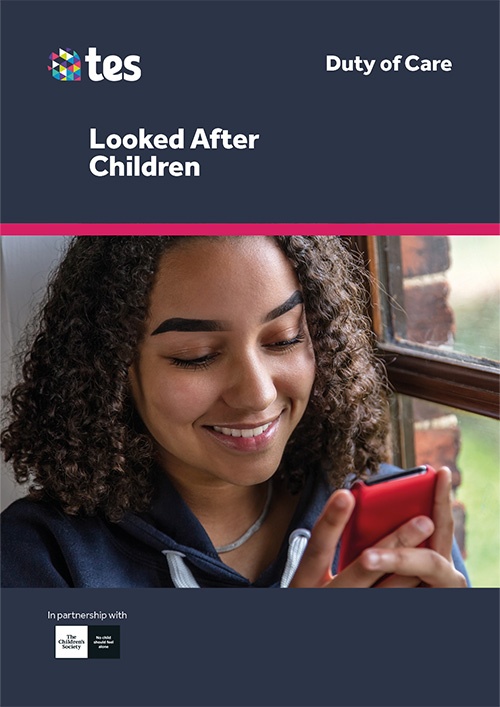
Looked After Children
Written in partnership with The Children’s Society, this course will help you to understand more about looked after children. It explains who they are, their needs and their rights in law. You will learn about the negative impact of being a looked after child and the positive difference that you can make. The course includes suggestions for supporting looked after children both in and out of school.
Read moreRaising Awareness of Legionella
This course raises awareness of the illnesses caused by the legionella bacteria, such as Legionnaires’ disease. If you have a responsibility for maintaining premises, it is your duty to understand and manage legionella risks. The course also covers how and why the bacteria can become dangerous and helps you to understand your responsibilities by looking at the risks and how to manage them.
Looked After Children
Written in partnership with The Children’s Society, this course will help you to understand more about looked after children. It explains who they are, their needs and their rights in law. You will learn about the negative impact of being a looked after child and the positive difference that you can make. The course includes suggestions for supporting looked after children both in and out of school.
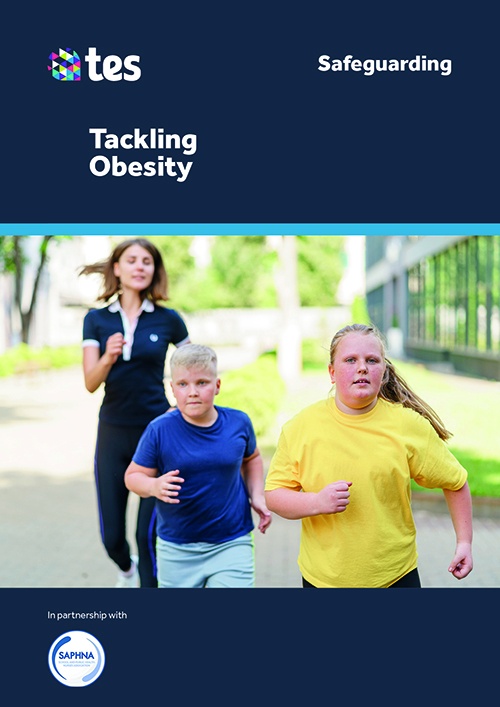
Tackling Obesity
Childhood obesity is one of the most serious public health challenges of the 21st century. This course explores the reality of the issue by looking at the causes, the risks, and the cost to individuals and society. You will learn about the strategic approach taken by government and schools, and how you can support the children and young people with whom you work to prevent and tackle obesity.
Read more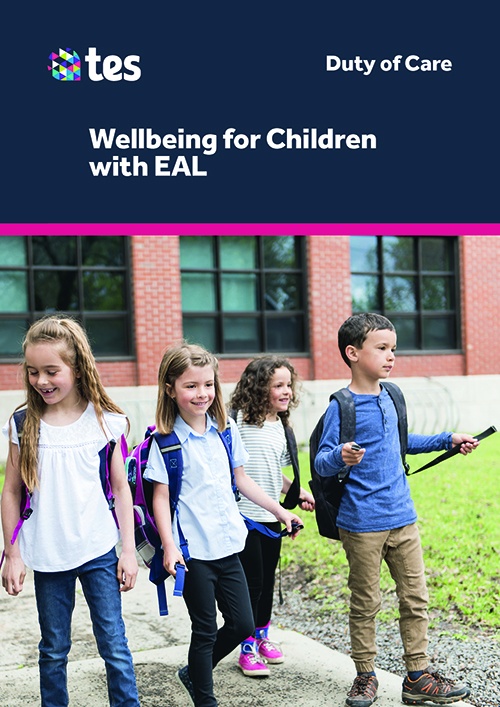
Wellbeing for Children with EAL
The aim of the course is to increase your awareness of the needs of children with EAL (English as an Additional Language). It focuses on safeguarding and wellbeing and gives suggestions on providing an inclusive environment for all children and young people.
Read moreTackling Obesity
Childhood obesity is one of the most serious public health challenges of the 21st century. This course explores the reality of the issue by looking at the causes, the risks, and the cost to individuals and society. You will learn about the strategic approach taken by government and schools, and how you can support the children and young people with whom you work to prevent and tackle obesity.
Wellbeing for Children with EAL
The aim of the course is to increase your awareness of the needs of children with EAL (English as an Additional Language). It focuses on safeguarding and wellbeing and gives suggestions on providing an inclusive environment for all children and young people.
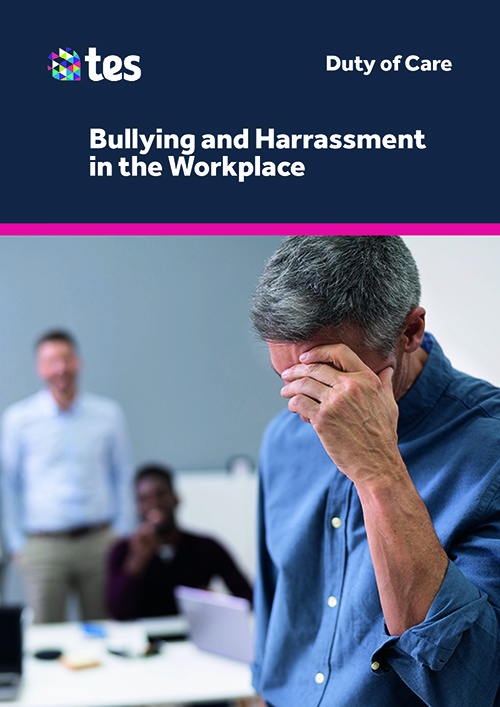
Bullying and Harassment in the Workplace
Bullying does not only affect children and young people; it can also be a very real concern in the workplace. The aim of this course is to raise awareness of the issue by including scenarios to show the impact of bullying and harassment on individuals and organisations. It gives practical suggestions for creating a friendly and inclusive workplace where bullying and harassment are not tolerated.
Read more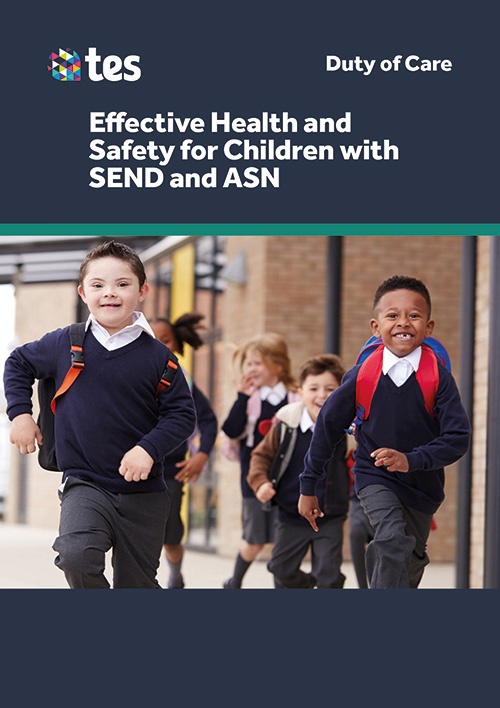
Effective Health and Safety for Children with SEND and ASN Online Course
All children and young people have a right to education, regardless of any special educational needs or disability (SEND) or additional support needs (ASN). This course will help you to understand your legal obligations regarding the health and safety of those with SEND and ASN.
Read moreBullying and Harassment in the Workplace
This one
- What is bullying?
- The law relating to bullying and harassment
- The impact of bullying and harassment
- Types of bullying
- Signs of bullying and harassment
- Addressing bullying and harassment
- Where to go for advice and support
Effective Health and Safety for Children with SEND and ASN Online Course
This course comprehensively covers:
- Legislation and guidance
- Managing risk
- Reasonable adjustments
- Moving and handling
- Other considerations
- Emergency procedures

Anti-Fraud, Bribery and Corruption
According to the National Crime Agency, fraud is the most commonly experienced crime in the UK. The impact isn’t simply a financial cost for big organisations; fraud has devastating physical, psychological and social effects on individuals, families and communities. By finding out more about fraud, bribery and corruption, you can help to reduce them, and keep yourself and your organisation safe.
Read more
Cyber Security
Fraud and cyber-crime are the country’s most common offences and the biggest threat to national security. Many organisations become victims of cyber-crime because of human error, just not thinking or people not following the correct protocol. This course will help you understand the best practice to minimise the risk of a cyber-attack.
Read moreAnti-Fraud, Bribery and Corruption
Anti-Fraud, Bribery and Corruption
This one-module, CPD-acredited course covers:
- What fraud, bribery and corruption are, and what form they can take
- Being aware of the increased risk factors in organisations and industries
- Examples of common types of fraudulent activities
- The prevention and detection measures everyone must take
- How to report a suspected fraud
- Scenario examples of fraud, bribery and corruption
- Further information on the organisations you can contact for help and advice
Cyber Security
Cyber Security
This one-module, CPD-acredited course covers:
- Risk in the online world
- Understanding what a cyber attack is
- Understanding what information needs protection
- The effects of cyber-crime
- Understanding the types of cyber-attack
- Understanding the cyber security policies your organisation should have in place
- The steps you can take to minimise the risk of a cyber-attack
- Guidance on the detection and reporting of cyber-crime
- Information on the support available
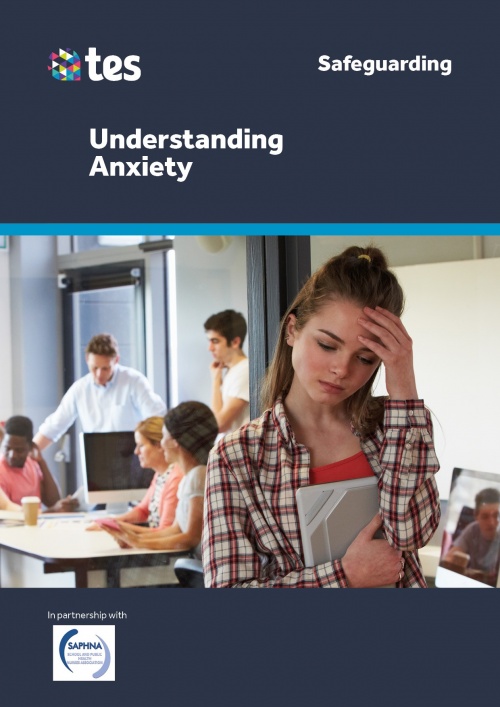
Understanding Anxiety
The purpose of this course is to help you support children and young people who may be experiencing anxiety.
Read more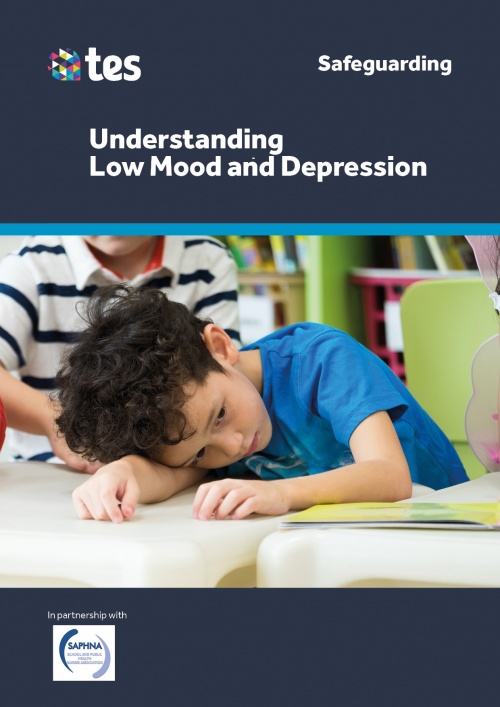
Understanding Low Mood and Depression
The purpose of this course is to help you support children and young people who may be experiencing low mood or depression.
Read moreUnderstanding Anxiety
Understanding Anxiety
This one module course delivers one CPD hour and comprehensively covers important aspects of anxiety such as:
- the types of anxiety and common causes
- symptoms which a young person may experience both physically and psychologically
- the typical signs of anxiety to look out for in a child or young person
- the common triggers for anxiety
- panic attacks and the typical symptoms people may experience and exercises on how to reduce them
- why someone may be suffering from anxiety and suggested self-help methods
- other support methods you can offer someone suffering from anxiety
- further support on anxiety (e.g. services and helplines available)
Understanding Low Mood and Depression
Understanding Low Mood and Depression
This one module course delivers one CPD hour and comprehensively covers important aspects of low mood and depression such as:
- the difference between low mood and depression
- the main causes and indicators of low mood and depression
- the signs and symptoms of low mood and depression
- specific types of depression and the conditions of events related to them
- ways in which you can help and support people dealing with low mood and depression
- support available for people dealing with low mood and depression
- ways to communicate with people suffering from low mood and depression
- further help and support available (e.g. helplines and urgent support services)
_500.jpg)
Understanding Self-Harm
The purpose of this course is to help you understand what self-harm is, why someone self-harms and how to support the individual.
Read more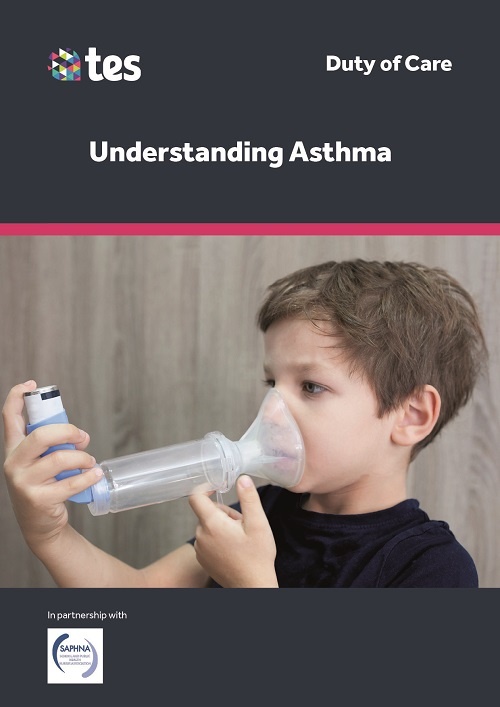
Understanding Asthma
This course covers what asthma is, information on symptoms and the different treatments available including procedures for emergency medication. Course developed in partnership with SAPHNA.
Read moreUnderstanding Self-Harm
Understanding Self-Harm
This one module course delivers one CPD hour and comprehensively covers important aspects of self-harm such as:
- what self-harm is and why people self-harm
- common triggers
- different types of self-harm
- indicators that someone may be self-harming
- the support in place to help someone who is self-harming
- ways of accessing support for someone who is self-harming
- further support on self-harm (e.g. services and helplines)
Understanding Asthma
Understanding Asthma
This one module course delivers one CPD hour and comprehensively covers:
- what asthma is and the number of ways the airways react when someone is having an asthma attack
- information on the symptoms of an asthma attack
- information on common triggers
- a look at different treatments for asthma
- information on the two main types of inhaler
- a helpful video that demonstrates the use of inhalers
- important information on first aid treatments
- emergency procedures
- specific information for schools
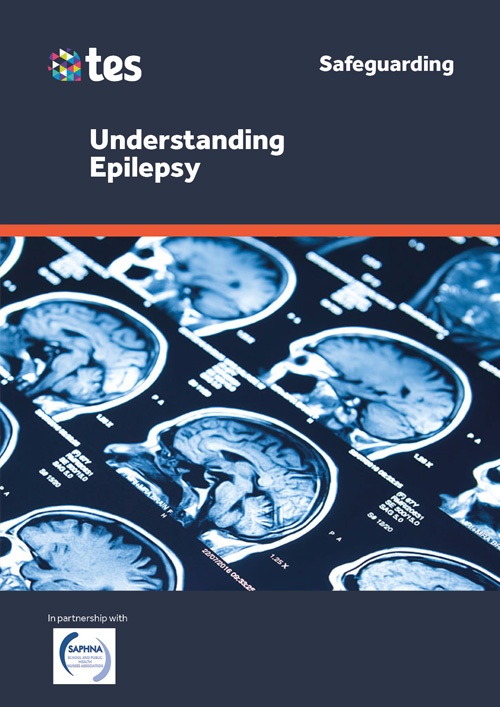
Understanding Epilepsy
This course will help you to understand epilepsy, a lifelong condition that affects around 600,000 people in the UK. Course developed in partnership with SAPHNA.
Read more_500.jpg)
Understanding Anaphylaxis
This course looks at what anaphylaxis is and possible signs and symptoms of someone suffering from an anaphylactic reaction. Course developed in partnership with SAPHNA.
Read moreUnderstanding Epilepsy
Understanding Epilepsy
This one module course delivers one CPD hour and comprehensively covers:
- what eilepsy is and how it affects the electrical activity in the brain
- details on what eplipetic seizures are and their different types
- information on common triggers
- useful list of drugs and medications availabke to help control seizures
- information on other treatments for epilepsy
- information on first aid treatment to help reduce the risks during a seizure
- emergency procedures
Understanding Anaphylaxis
Understanding Anaphylaxis
This one module course delivers one CPD hour and comprehensively covers:
- what anaphylaxis is, along with common causes
- possible signs and symptoms of someone suffering
with anaphylaxis - a look at different treatments for anaphylaxis
- information on dealing with anaphylaxis
- how to reduce the risk of anaphylaxis
- information on alternative medication
- emergency procedures
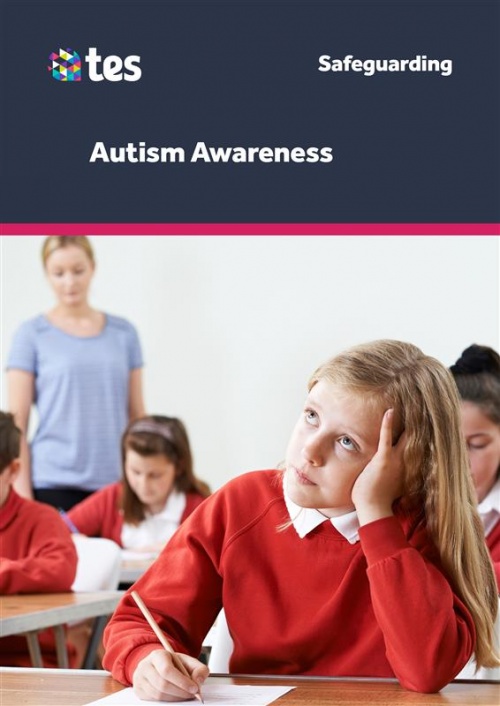
Autism Awareness
This course provides an overview of Autism for those that work with children and young people in education. It covers what autism is, its prevalence and causes, how it is diagnosed and the implications for pupil learning.
Read more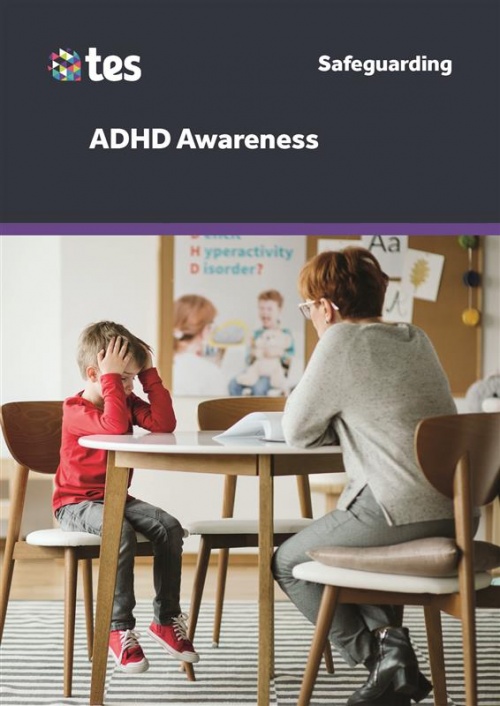
ADHD Awareness
This course provides an overview of ADHD for those that work with children and young people in education.
Read moreAutism Awareness
After completing this course you will:
- understand what autism is
- know the terminology used to describe autism
- learn about the prevalence of autism
- understand how autism is diagnosed
- be able to identify the indicators that may suggest the presence of autism
- recognise the ways that autism can affect learning
- understand how to report concerns about autism
- have learnt tips for an autism-friendly approach in classroom environments.
ADHD Awareness
By the end of this course you will:
- know what ADHD is
- be able to recognise the cause, prevalence and symptoms of ADHD
- understand how ADHD is treated
- be aware of how to report concerns about ADHD
- know how ADHD can affect learning
- learn practical tips to support those with ADHD
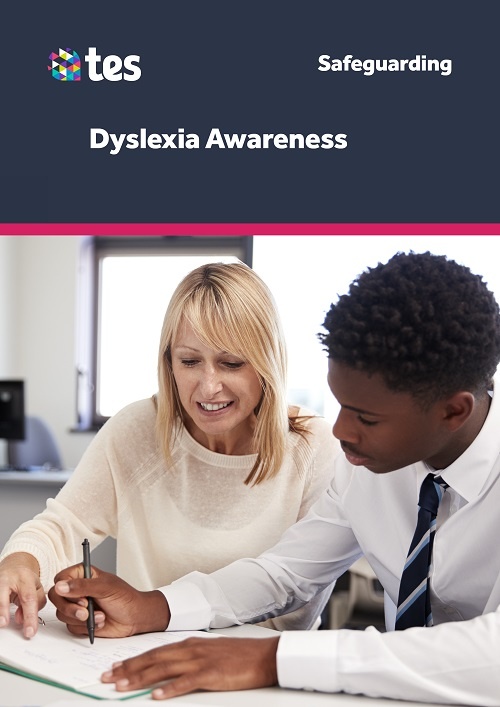
Dyslexia Awareness
This one module interactive course is for anyone who works with children and young people in education settings.
Read more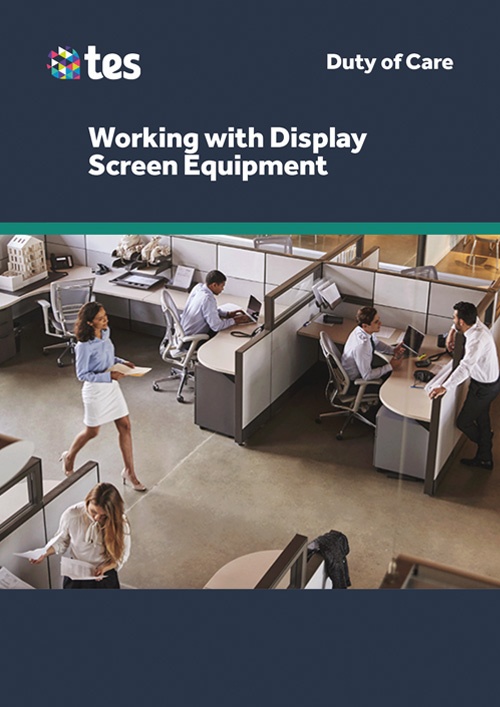
Working with Display Screen Equipment
Display screen equipment (DSE) is common throughout the workplace. Regulations apply to those who work with DSE as a significant part of their normal work. We trust that you will find the information in this course useful in your work and daily life.
Read moreDyslexia Awareness
This one module interactive course is for anyone who works with children and young people in education settings.
It aims to improve your understanding and approach to young people with dyslexia in a classroom environment.
Working with Display Screen Equipment
This one module course delivers one CPD hour and comprehensively covers:
- what display screen equipment is and the risks
in using it improperly - your employer’s duties under the Health and Safety (Display Screen Equipment) Regulations 1992
- what you should do to ensure your health and safety when using display screen equipment
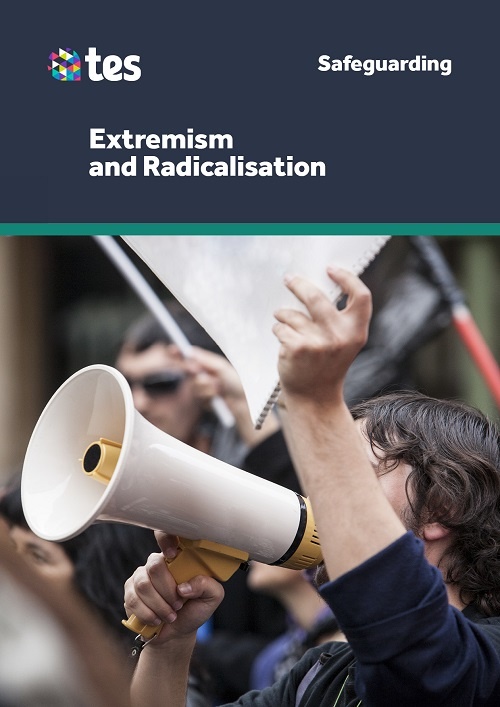
Extremism and Radicalisation
This one module interactive course is for anyone who works with children and young people in education settings. It aims to improve your understanding and approach to extremism and radicalisation, which is an evolving and increasingly pervasive issue facing schools. The course outlines key definitions and specific issues about the radicalisation of young people, including warning signs, risk factors, protective factors, and grooming. It also includes guidance on distinguishing hate speech from acceptable speech, including on school grounds, as well as providing information about online hate speech, both on mainstream social media and via less traditional channels. Scenarios throughout aid understanding and embed learning. Towards the end, this course also provides insights into promoting good general practice in your own school, and covers key support and signposting, the Prevent duty, and other practical online safety and media literacy measures that could be implemented.
Read moreFIND OUT MORE
Please provide your details below if you would like us to get in touch with you.

